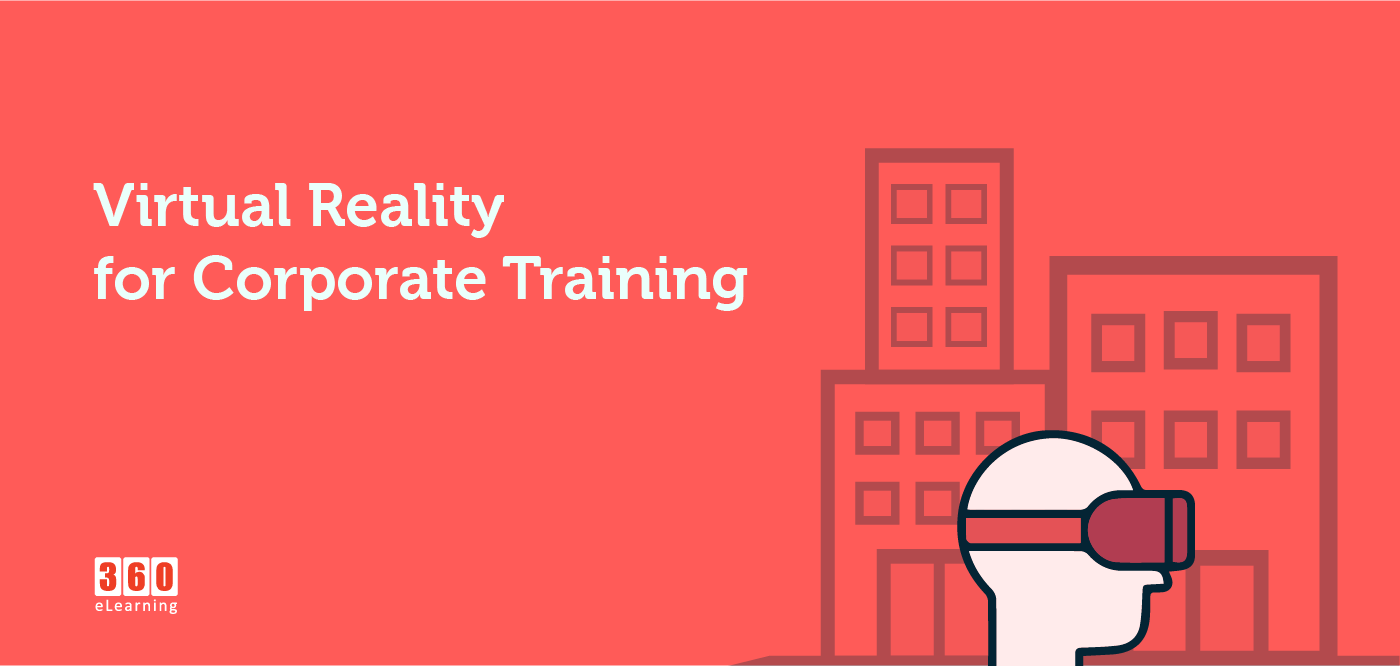An important element in training is ‘transfer of knowledge’. Virtual Reality provides an immersive environment in which the learner received knowledge actively and keep motivated during the whole process of learning. In this article, we will explore examples of VR for training that already been used and how VR based training work best for employees. We will also give a short overview of VR for those who are new to VR.
What is Virtual Reality?
Virtual reality means that environment near to real-world or replica of the physical world. In which, a three-dimensional, computer-generated environment which can be explored and interacted with by a person. Users enter into a simulated environment so that they feel like they are actually there.
VR can be used in three different domains:
Smartphones: Users can insert smartphones into VR headsets to experience the Virtual environment. For example google cardboard, Merge VR, etc.
Self-reliant: VR headsets that do not require any additional device to run. For example Oculus Go, Oculus Quest, etc.
Desktop: VR can work on high-end computers with VR headsets. For example Oculus Rift, HTC Vive, etc.
How is Virtual Reality Being Used in Corporate Training?
VR integration in corporate training is simple in which employees learn through practical experience an immersive environment. For soft skills training, VR provides employees safe space to practice and learn from their experiences. Skills such as public speaking, sales, negotiation, problem-solving, networking are important for keep business running and managers are demanding these skills in candidates. A good example of soft skills training is VirtualSpeech platform. It helps employees to improve interpersonal and business skills in a realistic environment. User can upload their presentation, record conversation and received instant feedback.
For new hire onboarding, imagine the first day of work instead of waiting for someone to come and guide you the process of onboarding. You just open your VR app and get a virtual tour of the office building. Immediately, you can get information about the specific area.
For Customer Service Training, VR simulator can prepare employees for rush sales days. Employees can experience a practical environment in which How they deal with customers in a particular situation and learn from their mistakes in safe space. For example, WALMART trains its employees with VR Simulator.
In manufacturing, each machine works differently and to train new employees, VR simulation works best in this situation. Employees learn from the virtual simulation of a particular machine and improve the working in real life.
In medical, VR simulations use for complex surgical procedures. How to treat the patient in emergencies. The real benefit of using VR in this situation is safe to make mistakes and learn from them and monitored the doctor performance. An assessment provides an opportunity for adjustment in real life.
Advantages that VR based Training Offers
Learning from VR based training has many advantages. Few are given below:
Quality of learning: Employees can learn actively and keep motivated in the learning process.
Visually Appealing: VR training has stunning visuals in 3D format.
Safe for High-Risk Situation: Ideal for the situation in which employees has zero room for mistake.
Reduce Training Cost: VR training save time that ultimately saves the cost.
Increase Retention Rate: Employees learned through an immersive experience, imply in real life and motivated during the job.
Conclusion
VR based training has benefits for organizations but they are not reluctant to adopt VR based training due to short term training cost. If we compare the output of VR based training and traditional training the VR has edge over traditional training. So, the overall ROI on VR based training is higher. In the next article, we will explore VR in Education. Keep in touch.


